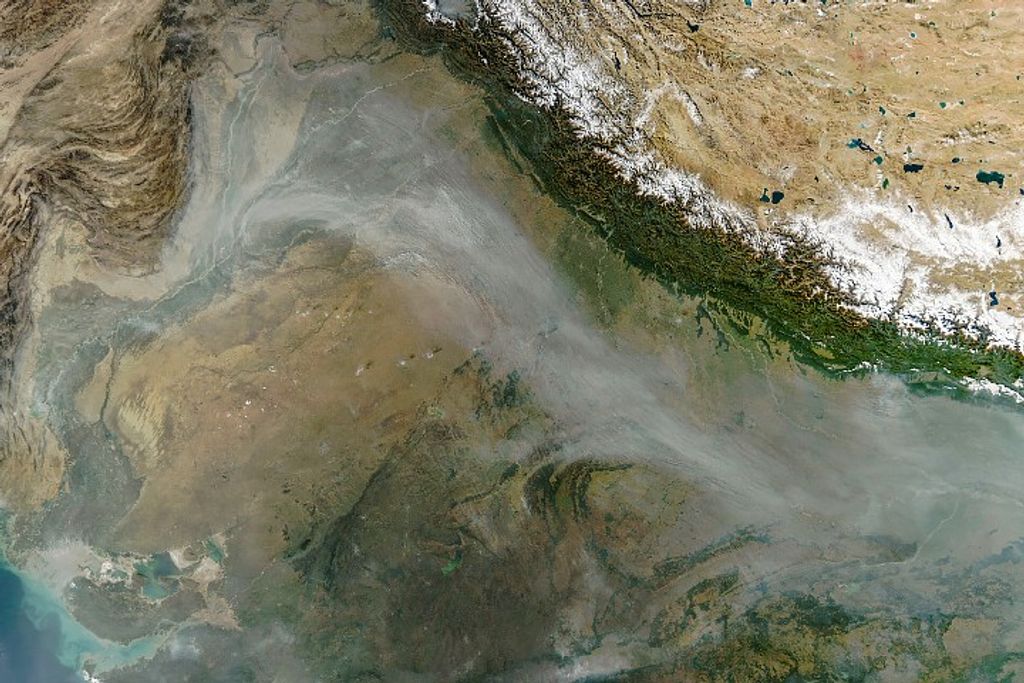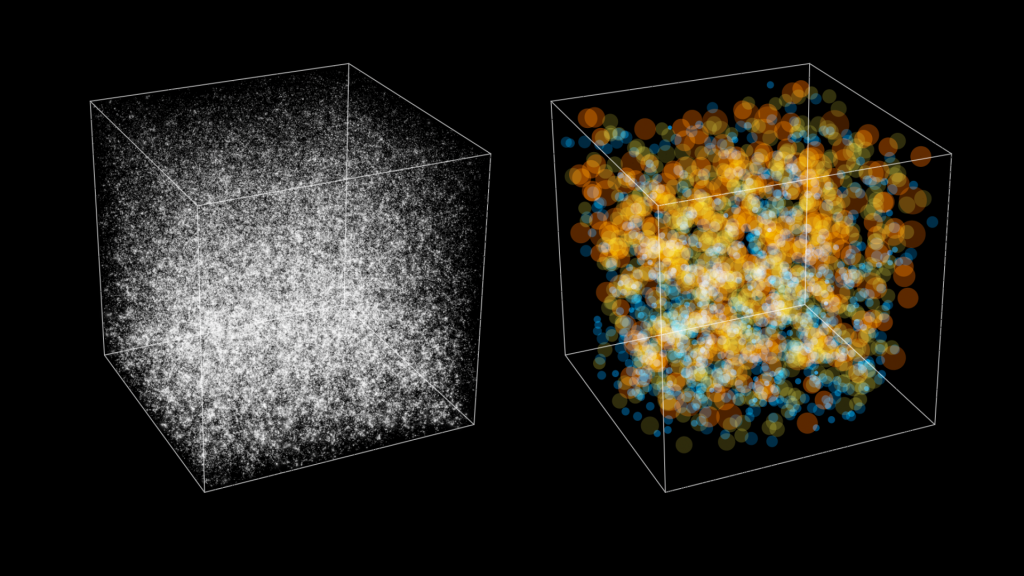1 min read
Hubble Ultra Deep Field 2012

About the Object
- R.A. PositionR.A. PositionRight ascension – analogous to longitude – is one component of an object's position.03h 32m 38.5s
- Dec. PositionDec. PositionDeclination – analogous to latitude – is one component of an object's position.-27° 47' 0.0"
- ConstellationConstellationOne of 88 recognized regions of the celestial sphere in which the object appears.Fornax
- DistanceDistanceThe physical distance from Earth to the astronomical object. Distances within our solar system are usually measured in Astronomical Units (AU). Distances between stars are usually measured in light-years. Interstellar distances can also be measured in parsecs.The image is 2.25 arcminutes wide.
About the Data
- Data DescriptionData DescriptionProposal: A description of the observations, their scientific justification, and the links to the data available in the science archive.
Science Team: The astronomers who planned the observations and analyzed the data. "PI" refers to the Principal Investigator.The image was created from Hubble data from the following proposals: 11563: G. Illingworth (University of California, Santa Cruz); 12060, 12061, 12062: S. Faber (University of California, Santa Cruz) and H. Ferguson (STScI); 12099: A. Riess (STScI/JHU); and 12498: R. Ellis (Caltech). The UDF 2012 team members include: R. Ellis (Caltech), R. McLure and J. Dunlop (University of Edinburgh, Institute for Astronomy, Edinburgh), B. Robertson (University of Arizona), Y. Ono (University of Tokyo), M. Schenker (Caltech), A. Koekemoer (STScI), R. Bowler (University of Edinburgh, Institute for Astronomy, Edinburgh), M. Ouchi (University of Tokyo), A. Rogers and E. Curtis-Lake (University of Edinburgh, Institute for Astronomy, Edinburgh), E. Schneider (University of Arizona), S. Charlot (Paris Institute of Astrophysics), D. Stark (University of Arizona), S. Furlanetto (UCLA), and M. Cirasuolo (University of Edinburgh, Institute for Astronomy, Edinburgh). - InstrumentInstrumentThe science instrument used to produce the data.HST>WFC3/IR
- Exposure DatesExposure DatesThe date(s) that the telescope made its observations and the total exposure time.August 2009 to September 2012
- FiltersFiltersThe camera filters that were used in the science observations.F105W (Y), F125W (J), F140W (JH), and F160W (H)
- Object NameObject NameA name or catalog number that astronomers use to identify an astronomical object.Hubble Ultra Deep Field, HUDF
- Object DescriptionObject DescriptionThe type of astronomical object.Infrared Survey
- Release DateDecember 12, 2012
- Science ReleaseHubble Provides First Census of Galaxies Near Cosmic Dawn
- Credit

This image is a composite of separate exposures acquired by the WFC3/IR instruments. Several filters were used to sample various wavelengths. The color results from assigning different hues (colors) to each monochromatic (grayscale) image as follows: Blue: F105W (Y) Green: F125W (J) Red: F140W (JH) + F160W (H)
Related Images & Videos

Hubble Uncovers Most Robust Sample of Distant Galaxies
This new image of the Hubble Ultra Deep Field (HUDF) 2012 campaign reveals a previously unseen population of seven faraway galaxies, which are observed as they appeared in a period 350 million to 600 million years after the big bang. The galaxy census is the most robust sample...

First Census of Galaxies Near Cosmic Dawn (Webinar on 12/14/2012)
Billions of years ago, shortly after the Big Bang, the universe was a dark place full of cold hydrogen gas. One of the mysteries of astronomy is what happened to change that, to warm and "reionize" the hydrogen and turn the universe once again transparent to light, blazing with...
Share
Details
Claire Andreoli
NASA’s Goddard Space Flight Center
Greenbelt, Maryland
claire.andreoli@nasa.gov





































